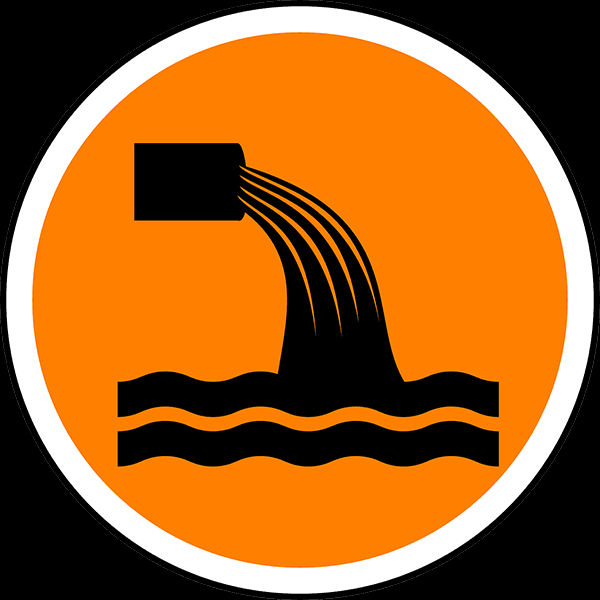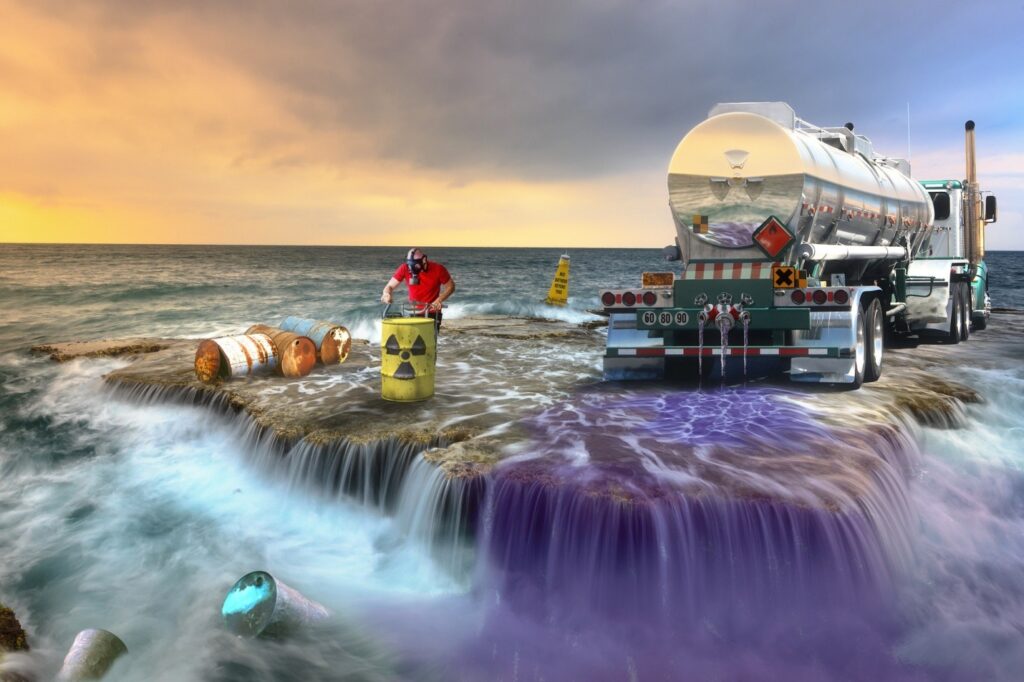7 Easy Facts About Reclaim Waste Described
7 Easy Facts About Reclaim Waste Described
Blog Article
The 2-Minute Rule for Reclaim Waste
Table of Contents8 Simple Techniques For Reclaim WasteWhat Does Reclaim Waste Do?Top Guidelines Of Reclaim Waste8 Simple Techniques For Reclaim WasteThe Reclaim Waste Statements
Residential sewer waste refers to the waste and products from a household septic storage tank. The appropriate administration and disposal of domestic sewage waste need liquid waste to be transferred to a sewage therapy plant where the appropriate methods and devices are applied to detoxify and dispose of waste.
Industrial waste frequently includes potential hazards, such as combustible products or a blend of fluid and solid waste products, and calls for a more innovative and comprehensive disposal procedure. The disposal of industrial waste commonly entails the purification of waste before transport to make sure secure and proper disposal. Hazardous waste is created from results and drainage of commercial processes and production.
This kind of waste can not utilize the same sewage administration transport or procedures as septic or business liquids. The industrial waste management process calls for the assessment and screening of liquid waste prior to it goes through the disposal procedure (liquid waste removal melbourne). Overflow waste is the liquid waste that comes from drainage and excess stormwater in highly booming areas or cities
Overflow waste can trigger contamination and flooding if not dealt with effectively. Guaranteeing proper waste management can protect against disasters and lower environmental injury.
What Does Reclaim Waste Do?
Get in touch with PROS Providers today to find out concerning our waste management and disposal solutions and the proper means to take care of the liquid waste you create.
(https://justpaste.it/fauht)Do you recognize what happens to your water when you end, flush the bathroom or drain pipes the cleaning device? No? Well, it's worth knowing. This so-called 'wastewater' is not only a vital resource but, after treatment, will be launched to our land, rivers or the sea. Made use of water from commodes, showers, bathrooms, kitchen sinks, washings and industrial processes is referred to as wastewater.

water utilized to cool equipment or tidy plant and tools). Stormwater, a kind of wastewater, is drainage that flows from agricultural and metropolitan locations such as roofs, parks, gardens, roadways, courses and gutters into stormwater drains pipes, after rainfall. Stormwater flows untreated straight to regional creeks or rivers, at some point getting to the sea.
The 3-Minute Rule for Reclaim Waste
In Queensland, many wastewater is dealt with at sewer treatment plants. Wastewater is moved from domestic or industrial websites with a system of sewage systems and pump terminals, referred to as sewage reticulation, to a sewage therapy plant. Neighborhood federal governments build, maintain and operate most sewage treatment plants. Operators are accredited under the Environmental Management Act 1994 to discharge cured wastewater at an appropriate environmental criterion into waterways.
The Department of Natural Resources encourages neighborhood federal governments regarding handling, operating and keeping sewage systems and therapy plants. In unsewered areas, neighborhood governments might require owners to set up specific or family sewer therapy systems to treat domestic wastewater from toilets, kitchen areas, restrooms and washings. The Department of Natural Resources authorises making use of home systems when they are shown to be reliable.
In some brand-new neighborhoods, therapy of some stormwater to eliminate trash, sand and gravel has started making use of gross toxin catches. Wastewater treatment occurs in 4 stages: Gets rid of solid matter.
Utilizes small living organisms understands as micro-organisms to break down and remove staying liquified wastes and fine bits. Micro-organisms and wastes are incorporated in the sludge.
Some Known Facts About Reclaim Waste.
Nutrient removal is not readily available at all sewage therapy plants because it calls for expensive specialized tools. Clear fluid effluent created after therapy might still have disease-causing micro-organisms - industrial wastewater treatment.

Most wastewater flows into the sewage system. Under the Act, local federal governments carry out authorizations and permits for eco appropriate activities (Periods) including wastewater releases that may have a neighborhood effect.
The Greatest Guide To Reclaim Waste
Surveillance provides factual information about water top quality and can validate that permit conditions are being fulfilled. The details acquired via monitoring provides the basis for making water quality decisions.
Report this page